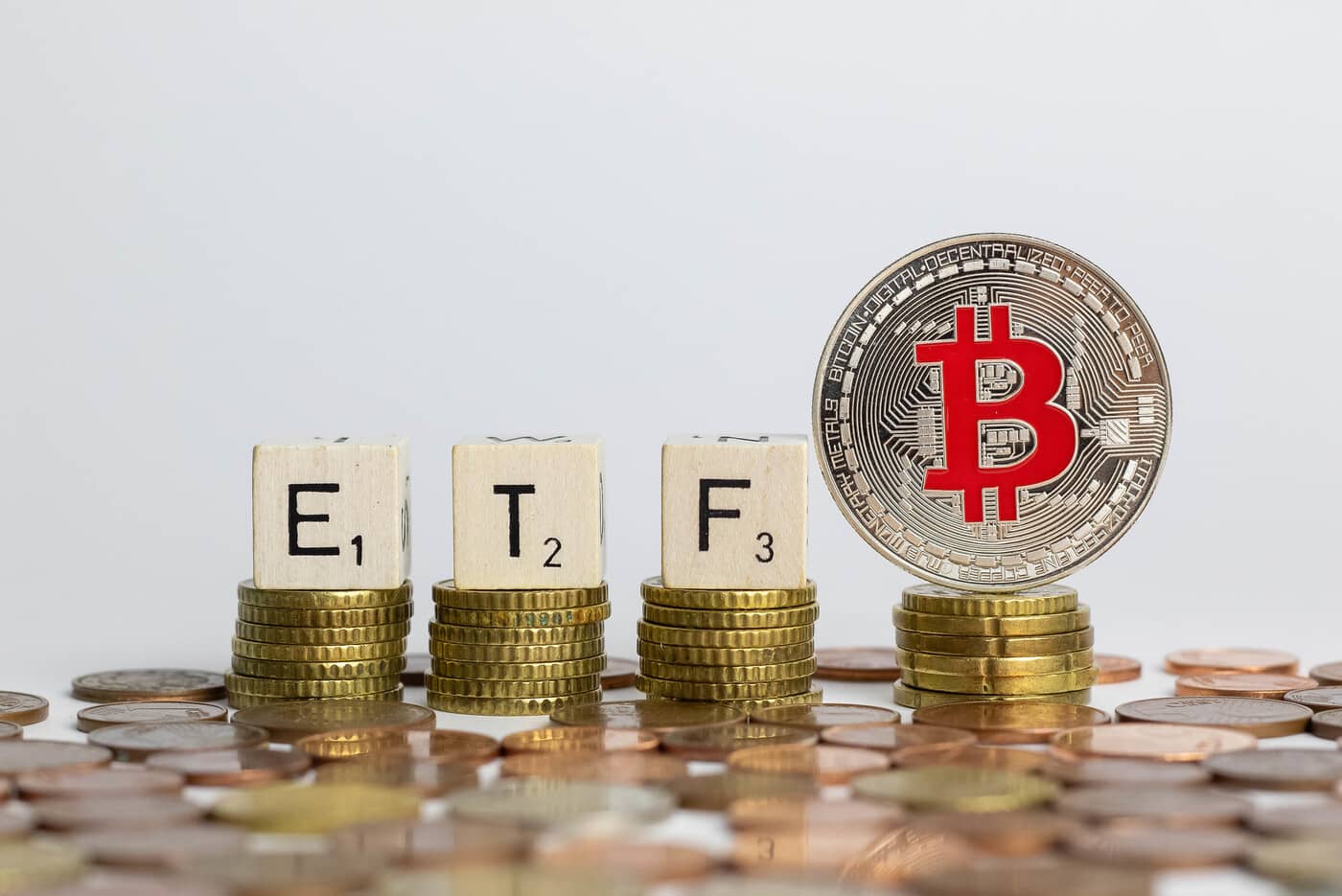
Bitcoin has been experiencing a surge in new users creating inscriptions, also known as NFTs, on its blockchain. However, this increase in demand for block space has caused concerns about the decentralization of the Bitcoin network.
The cost of running a full node includes storage space and bandwidth to download all data, including NFTs. If this cost becomes too high, fewer people may run full archival nodes, potentially centralizing Bitcoin’s ledger.
The inscriptions currently consume almost 3 GB of storage, and if we regularly utilize the block space to its full extent of 4 MB, it could contribute about 210.24 GB of data to the chain each year.
Places, where technology is not as cheaply available, could consider pricey. Pruned nodes don’t require storage of witness data, but users must still download all data initially. Insufficient bandwidth may prevent syncing in areas with limited high-speed internet.
Bitcoin’s block space was expected to be full at some point, so a cap was placed on block size. The SegWit soft fork raised this cap and included a fee discount for witness data.
Such as NFTs, that is unrelated to Bitcoin’s financial ledger and its unspent transaction output (UTXO) set. Inscriptions on Bitcoin use its ordering system to number inscriptions as they are written onto the blockchain.
Bitcoin Inscriptions Rise Impact On Network Decentralization
After the 100,000th inscription was confirmed, the rush to create NFTs on Bitcoin decreased significantly. Fees required to get a transaction confirmed in the next block have dropped, and the daily total fees spent on creating inscriptions are down. However, the number of pending transactions in the mempool remains high and constant, with no signs of decreasing.
Miners can still mine some inscription transactions with lower fee rates when they mine blocks quickly. As the rush to be an early inscriber is likely over, one theory is that inscriptions will become a buyer of last resort for block space when fees are low and fewer people buy and sell on the chain.
The use of Lightning channels during times of lower fees is another argument against inscriptions, potentially crowding out Bitcoin’s financial use cases. We will have to see if inscriptions will follow this theory.
As Bitcoin continues to face network centralization concerns due to the increasing demand for NFTs, its future remains uncertain.
Related Reading | BTC Guppy Flip: A Promising Sign for Bitcoin Bulls After Over a Year
In conclusion, Bitcoin’s surge in popularity among new users has caused an increase in demand for block space due to the creation of NFTs or inscriptions.
It has raised concerns about Bitcoin’s future trend as the cost to run a full node may increase, leading to fewer people running archival nodes. The cumulative storage used by inscriptions continues to climb, but running a pruned node is an option.








